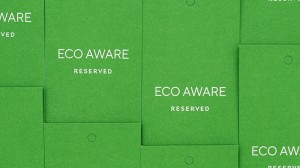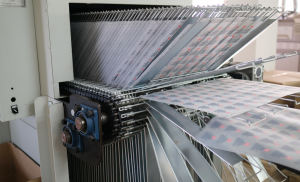In recent years, the voice of environmental protection is increasingly rising, and various environmental protection policies have emerged in endlessly, which have been deeply extended to the printing industry, especially packaging and printing. As we know, the VOCs volatilized by printing process is related to the VOCs content in ink, solvent and related chemicals used,It is also related to the volatilization of the plate roller and ink roller in the printing process, and the volatilization of the semi-finished printing plate in the printing process. Excessive color sets of printing products and full printing will naturally lead to the increase of VOCs volatiles in the printing process.
VOCs control is not only a task for printing.
This VOCs emission has two important indicators, one is the overall content of VOCs in ink, solvent and chemicals, another is the total amount of inks, solvents and chemicals used by relevant enterprises. In the current situation, the relevant enterprises for ink, chemicals selection control has been very strict, which VOCs content has been relatively low, there are many enterprises after doing enough homework can reduce the amount of solvent to the limit, although printing companies have tried hard, this total use is an insurmountable gap.
One of the reasons is the limitation of packaging and printing design. At present, labels on the market are mainly multi-color group and full edition printing. The total consumption of ink, solvent and related chemicals is not an order of magnitude compared with book printing. Imagine a packaging and printing enterprise, annual consumption of 40 tons of offset printing ink, 10 tons of solvent, 5 tons of related chemicals, according to the ink VOCs content of not more than 3% of the upper limit, a year of production consumption, ink VOCs content reached 1.2 tons, plus solvents and related chemicals in the VOCs, this amount will be more.
VOCs control should be seized from the source
For printing environmental protection policy requirements, especially VOCs emissions, the feeling is currently into a misunderstanding, more emphasis is placed on the emission control of printing links. Various environmental policies are also strictly restricting the printing process, of course, ink and related chemicals to a certain extent. But even if the use of more environmentally friendly raw and auxiliary materials will generate a certain amount of VOCs, even if the use of advanced governance measures cannot be 100% governance of the generated VOCs.
Therefore, our requirements for the environmental protection of printing, not only to consider whether the materials used are environmentally friendly, but also to achieve a fundamental reduction, the corresponding reduction of consumables in the printing link is only a palliative, the real root is also in the label design link. Because this is the source of the whole printing, production, when the label design to reduce the color group, reduce the full printing, it can fundamentally achieve ink, solvent, related chemicals such as direct reduction of products containing VOCs.
We are working hard, from VOCs management, even carbon emissions, and carbon emission reduction can do both symptoms and root causes.
Post time: May-20-2022






